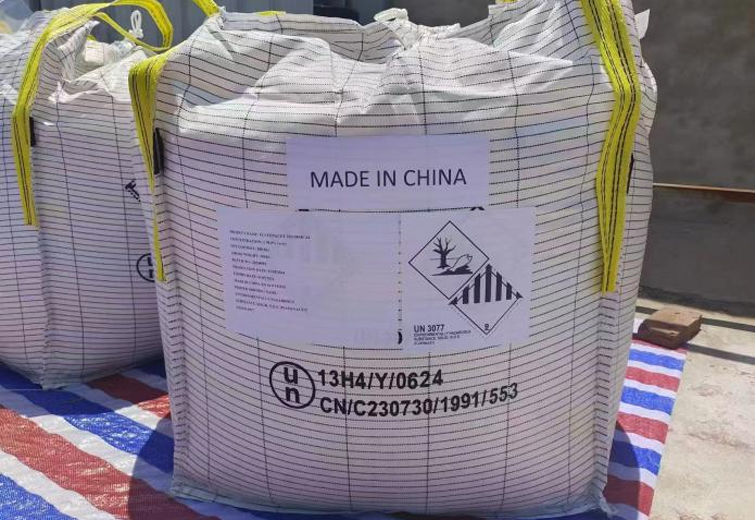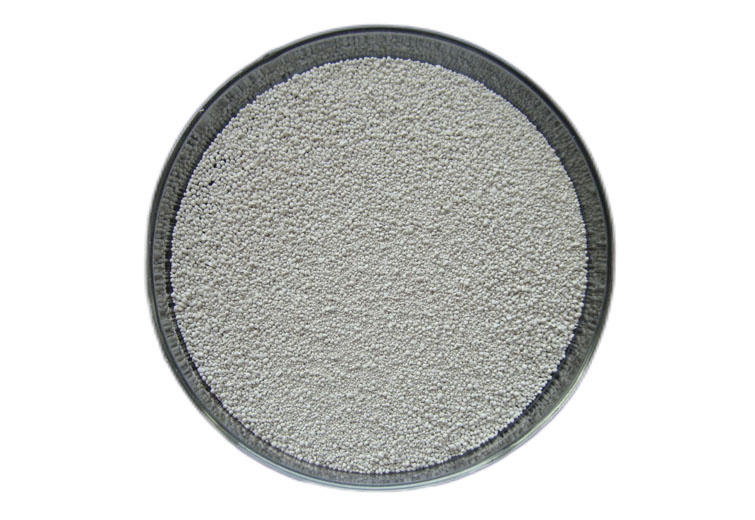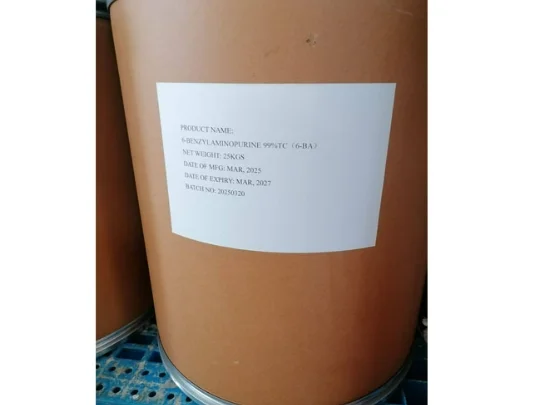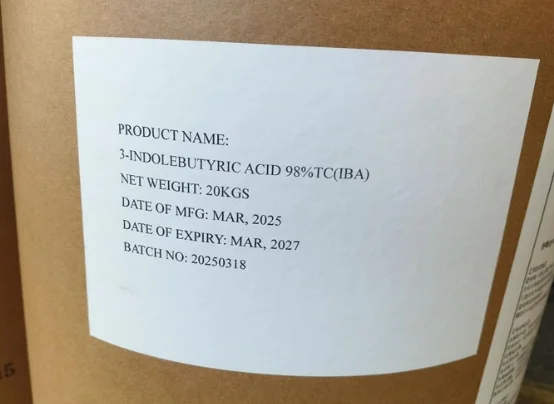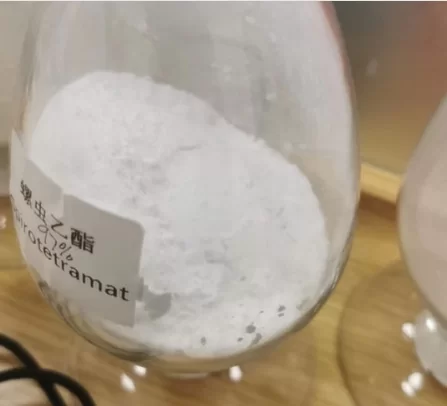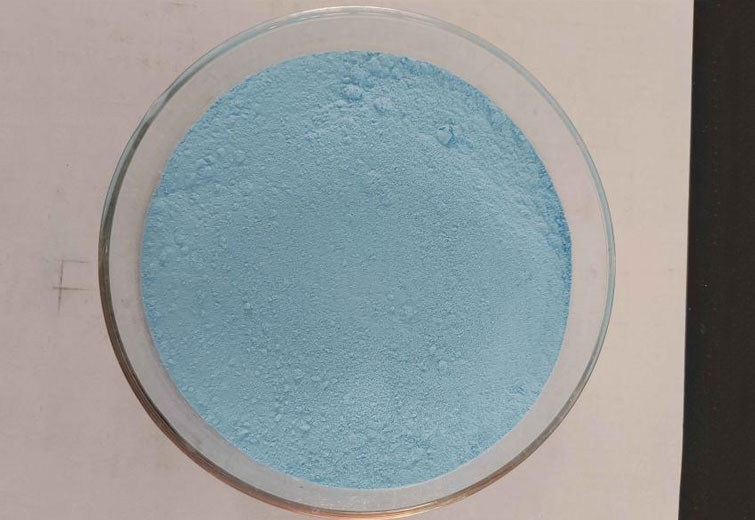
ACETAMIPRID 97%-99%TC,20%-70%WP,SP
1.Applicable crops: Jujube, apple, pear, peach and other fruit trees and vegetables
2.Control objects:itWhitefly, whiteflies, the rice planthopper, thrips all kinds of vegetables
3.Method of application: Ec liquid spray
4. Precautions: this agent is toxic to silkworm, do not spray on mulberry leaves.Do not mix with strong alkaline solution.
5. Customerized packing label
6. FAO standard
7. Professional registration GLP,ICAMA,LOA etc.
What Our Customers Say About Acetamiprid
Acetamiprid FAQs
-
80%High PurityEnsure the reliability of each product.
-
58%Fast-Acting FormulaQuickly provide visible effects
-
What is Acetamiprid, and how does it work?
What is Acetamiprid, and how does it work?
Acetamiprid is a neonicotinoid insecticide that targets the nervous system of pests by binding to nicotinic acetylcholine receptors, causing paralysis and death. It is highly effective against sucking insects like aphids, whiteflies, and thrips. Due to its systemic and contact action, it provides quick knockdown and long-lasting residual control in various crops, including vegetables, fruits, and cotton. Its low mammalian toxicity makes it a preferred choice for integrated pest management (IPM) programs.
-
What pests does Acetamiprid control?
What pests does Acetamiprid control?
Acetamiprid effectively controls aphids, jassids, whiteflies, thrips, and leafhoppers in crops such as cotton, citrus, and vegetables. It is particularly useful in managing resistant pest populations due to its unique mode of action. The insecticide works on both adult and nymph stages, ensuring comprehensive pest suppression. Its translaminar movement allows it to reach pests hiding on the undersides of leaves, providing thorough coverage and protection.
-
Is Acetamiprid safe for bees and beneficial insects?
Is Acetamiprid safe for bees and beneficial insects?
While Acetamiprid is less toxic to bees compared to other neonicotinoids, it should still be applied cautiously during flowering to minimize exposure. Avoid spraying when pollinators are active, and opt for evening applications. It has minimal impact on predators like ladybugs and lacewings, making it suitable for IPM programs where preserving beneficial insects is a priority.
-
Can Acetamiprid be mixed with other pesticides?
Can Acetamiprid be mixed with other pesticides?
Yes, Acetamiprid can be tank-mixed with compatible fungicides and insecticides to broaden pest and disease control. However, avoid alkaline mixtures, as they may reduce efficacy. Always conduct a small-scale compatibility test before large-scale use. Combining it with synergists or adjuvants can enhance penetration and rainfastness, improving overall performance in the field.
-
What safety precautions should be taken with Acetamiprid?
What safety precautions should be taken with Acetamiprid?
Wear protective gloves, goggles, and a mask during handling to avoid skin and eye contact. Store in a cool, dry place away from food and feed. In case of accidental exposure, rinse thoroughly with water and seek medical advice if irritation persists. Follow local regulations for disposal of empty containers to prevent environmental contamination.







